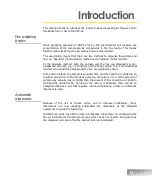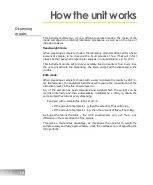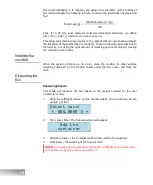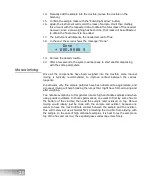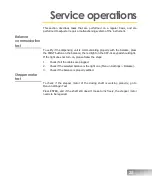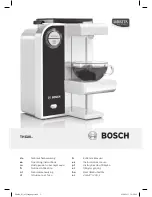
23
The respective basic parameters for those two main flux types for your specific
unit (s/n #_________________) are as follows:
Flux type:
Micro-bead
(spherical)
Granular
(crystalline)
1 Base Duty
2 Fine Thold.
3 Vib. Thold.
4 Vib. Tries
5 Step.size
6 Serial Out
LIMS
7 Prep.revs
16
If you find that the basic parameters could use some further optimization, here is
the meaning of each:
Base Duty
This is the general amount of vibration for dispensing during the whole dispensing
process. Use a larger amount for light fluxes that do not flow freely; use a smaller
amount for dense and free-flowing fluxes.
Fine Thold
This represents the offset in tenths of milligrams at which the dispenser will switch
from the Coarse mode (with spring auger rotation) to the Fine mode.
If you find that the unit overshoots in coarse mode, increase this parameter.
Conversely, if the unit switches too early to fine mode (and thus takes longer to
dispense), then lower this parameter.
Vib. Thold
This represents the offset in tenths of milligrams at which the dispenser will switch
from the Fine mode to the Vibration burst mode (short vibration bursts with spring
auger rotation controlled by Step.size parameters).
If you find that the unit overshoots in fine (continuous vibration) mode, increase
this parameter. Conversely, if the unit switches too early to vibration burst mode
(and thus takes longer to dispense), then lower this parameter.
Vib Tries
This parameter should be left at 1.
Step.size
This parameter controls the amount of spring auger rotation during the vibration
burst mode. A value of 200 represent a full rotation. It helps to dispense with the
vibration a precise and repeatable small amount of flux. A smaller value will
reduce the quantity per try.





